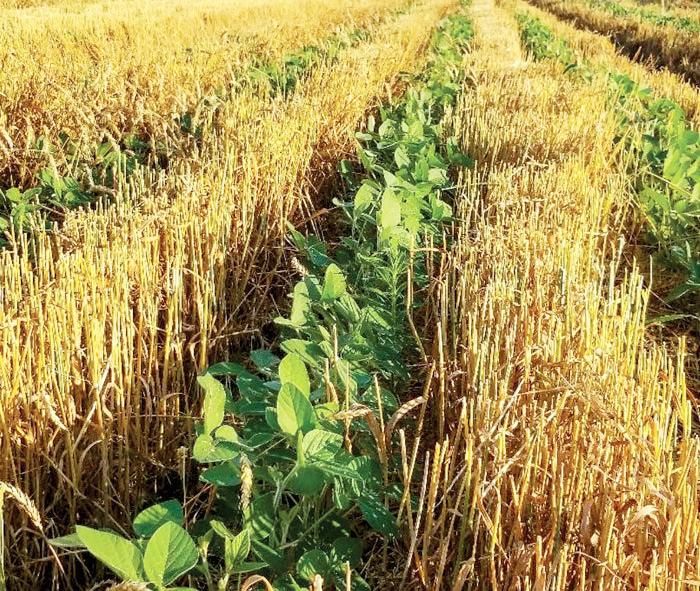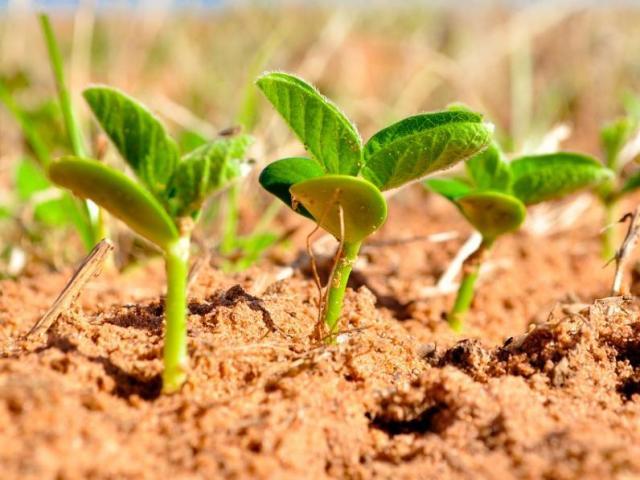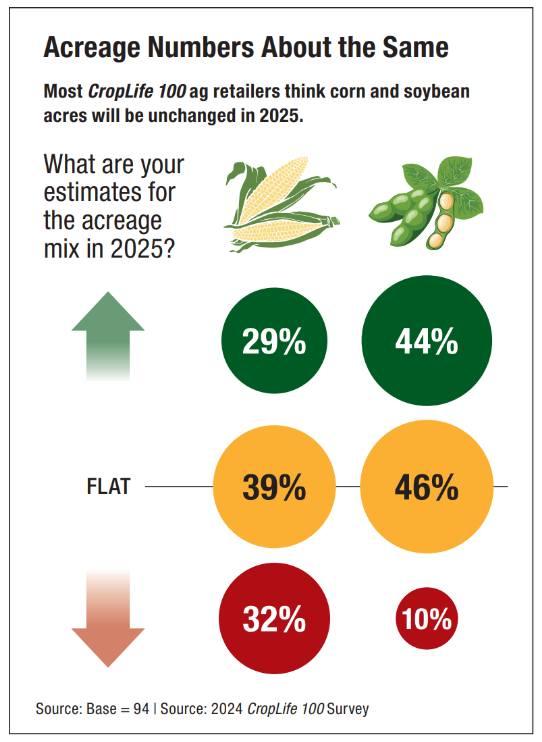Double-Crop Soybeans: Strategies for Northern Region Success
Growing double-crop soybeans in northern regions isn’t necessarily a walk through the park. It sits at the crossroads of tight harvest windows, briskly shifting weather, and sometimes fickle soils—yet drives producers to chase the higher rewards this system delivers when it falls into place. Farmers living in areas north of Interstate 80, where short summers can close crops out with little warning from Mother Nature, have found double-cropping requires both sharp timing and sharper management.
Even with those quirks identified, more northern growers continue gravitating toward this system. The urge is clear: adding a second cash crop after wheat or small grain switches up nutrient cycling, improves soil structure in places most people wouldn’t even think to check, and crams more yield potential into those precious frost-free days.
Late Planting Meets Swift Decline Risk
Double-crop beans are always late to the party—the earliest they go in is three or four weeks after full-season soybeans usually hit dirt. Late planting has one obvious side effect: soybeans get less daylight during their vegetative growth push. That’s why yields trend downward compared to their full-season siblings; sometimes it’s just a trickle loss but now and then you’ll see stark differences in bushel numbers especially if August skies turn stingy on rainfall.
Yet given the right year—open fall forecasts and timely midsummer storms—a few fields manage near-miraculous parity with summer-planted beans. Stories drift through farm coffee shops about “that year,” when frost ran late or rain obliged just long enough.
Choosing Rows Less Traveled
Narrow rows make all kinds of sense for late-planted beans; odd as it sounds at first blush but crowding plants closer (7.5–15-inch spacing) can force canopy closure before weeds rob too much sunlight. Wider rows give weeds way too much breathing room under cooler northern June skies—and your pigweeds probably don’t need another encouragement letter anyway.
Alongside row width shifts farmers generally crank population up by 15-30% over standard rates—a hedge against slower leaf expansion when sunlight comes at a premium angle. But don’t forget: toss heavy residue atop that field mix and certain drills will clog or hairpin straw until you’re ready to pull your boots off out of frustration… so maintenance really counts.
Residues & Rainfall Gamesmanship
Heavy surface residue left behind by wheat helps save vital soil moisture—particularly key if summer turns spare on precipitation. Sure, managing stover layers takes its toll on some planters (old double-disk openers groan audibly when asked politely), yet leaving residue intact may be what rescues your stand during hot stretches that fry exposed topsoil by noon.
Where equipment forces growers’ hands—no no-till drill handy or heavy mats tormenting seed-to-soil contact—the fallback often lands somewhere between mowing stalks post-harvest or using coulters tough enough to rival something found at a blacksmith convention.
Not Your Standard Chemistry Set
An overlooked realm among these split-season rotations? Herbicide strategy feels like playing chess against yourself blindfolded. According to research popping out of Oklahoma State University lately—even though Oklahoma sits further south than most readers are plotting acreage—it’s wise not to skip pre-plant residual herbicides mixed with burndown operations when chasing double-cropped beans. Skipping residuals courts trouble fast—in certain years broadleaf invaders flood new soybean stands faster than anyone wants.
Add inoculant religiously too—not only does high-straw ground dilute native nitrogen fixers but cutting corners here pinches ultimate yield hard enough you’ll regret skipping for years afterward.
Early Maturing Varieties With Uncommon Payoff
Northern latitude? Early maturity group varieties practically write themselves onto seed orders every spring now for any farmer serious about beating autumn chills back south where they belong. These cultivars don’t “wait around” once planted—they transition quickly from flowering pods into yellow-leafed readiness while Nebraska might still be baling its last prairie hayfield northward breeze wafting advice nobody listens closely enough toward Fargo.
Odd Ball Factors Worth Chasing—or Ignoring
Out past sensible fertility adjustments (phosphorus closer topped off than usual,) there exists one tried-and-true principle—your neighbor’s shortcut doesn’t guarantee results across fenceposts here either.
Most unexpected hiccup this season might appear as volunteer wheat germinating within soybean rows—a minor distraction except for combines chewing repeatedly over greenish clusters where wind threshed awns fell loose earlier.
Anyone who says farming doubles is simple likely never lost sleep waiting for dew-laden mornings dry up before rushing a bean planter between thunderstorms circling wide overhead.
So maybe it pays sometimes not following strict patterns—to let curiosity take over rather than predicting every outcome based only on models or tradition.
“Like pulling rabbits out of old coveralls,” quipped an older farmer glancing downwind as storm clouds roll slow across his July fields—and perhaps that sums double-cropping better than graphs ever could.
Each field tells its own riddle above tangled roots; everyone who gambles gets stories worth hearing stretched well past winter meetings neither sponsored nor recorded officially anyhow.







